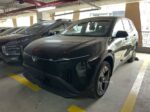In late 2023, Xiaomi officially unveiled its first electric car model, the SU7.
This sedan model not only impresses with its attractive appearance and modern features but also astonishes many people with its self-parking capability.
According to Xiaomi, they have released a video of the SU7 self-parking in a multi-story parking lot. The video shows the driver stopping the car at the entrance to the garage, activating the automatic parking mode, and then getting out of the car. The car then proceeds to enter the garage and go up the levels.
Furthermore, the SU7 even yields the right of way to an Audi A7 before continuing on to the highest level of the parking area. It then finds a suitable parking spot and neatly backs into it.
The SU7 is a mid-size sedan with dimensions of 4,997 x 1,963 x 1,440/1,455 mm (length x width x height) and a wheelbase of 3,000 mm. These dimensions are larger than Elon Musk’s Tesla Model 3.
Introduced on December 28, 2023, the SU7 shares many similarities with major automotive brands such as Porsche, McLaren, Aston Martin, and Lamborghini. According to Xiaomi, the SU7 has a wind resistance coefficient of only Cd 0.195, which is the lowest among all cars produced worldwide.
As the flagship of Xiaomi – the world-famous smartphone manufacturer, it is not surprising that the SU7 is equipped with a range of advanced technologies, including LiDAR sensors, 11 HD cameras, 3 millimeter-wave radars, and 12 ultrasonic radars. It supports automatic driving and automatic parking. Xiaomi plans to test the self-driving capability in urban areas for the SU7 in 2024.
The Xiaomi SU7 will be available in both rear-wheel drive (RWD) and all-wheel drive (AWD) versions. The RWD version uses a rear-mounted electric motor that generates a maximum power of 295 horsepower. Meanwhile, the AWD version adds a powerful 369-horsepower electric motor on the front axle, resulting in a combined power of 664 horsepower.
The car uses a 73.6 kWh LFP battery from BYD or a 101 kWh ternary (NMC) battery from CATL. The BYD battery provides a range of 628 to 668 km, depending on the version. The corresponding figures for the CATL battery are 800 km and 750 km. The BYD battery supports fast charging at 400V, while the CATL battery can be fast-charged at 800V.
According to the plan, the Xiaomi SU7 will start production in the first quarter of 2024 at an expected price of $42,500 (1.035 billion VND).
TH (Tuoitrethudo)

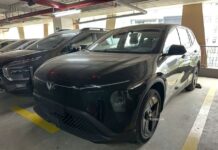

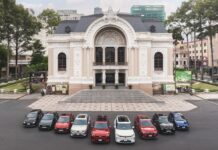
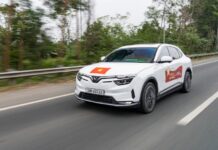

























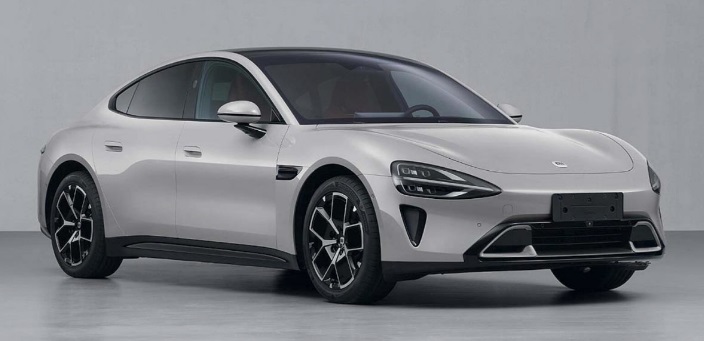
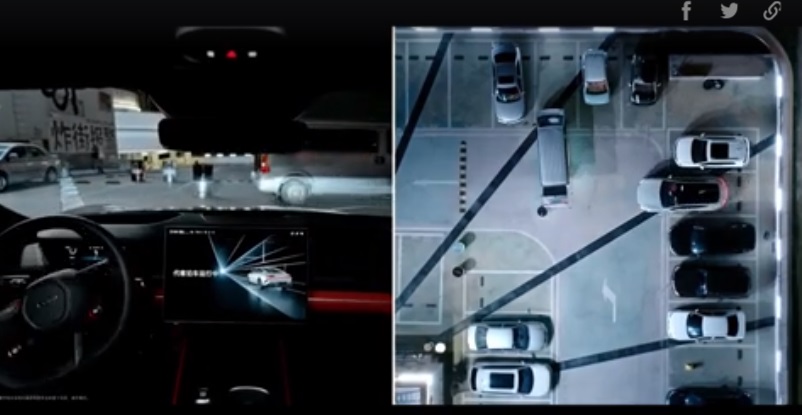
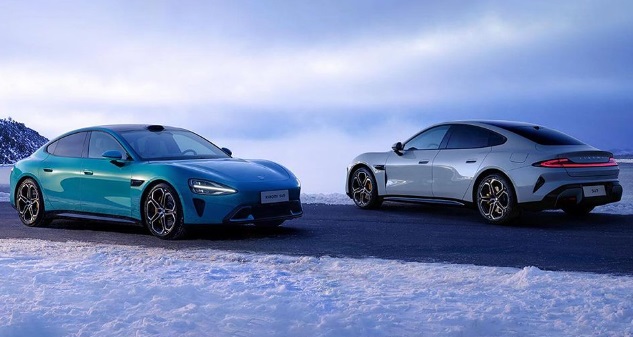
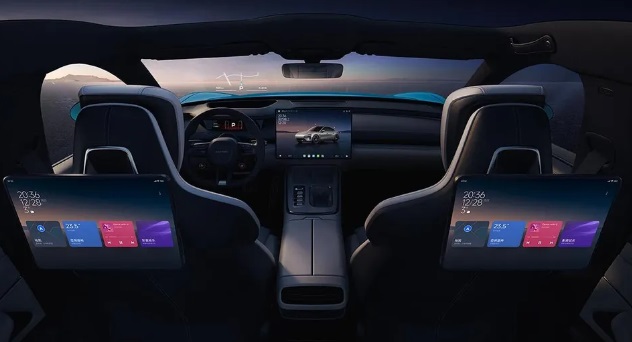
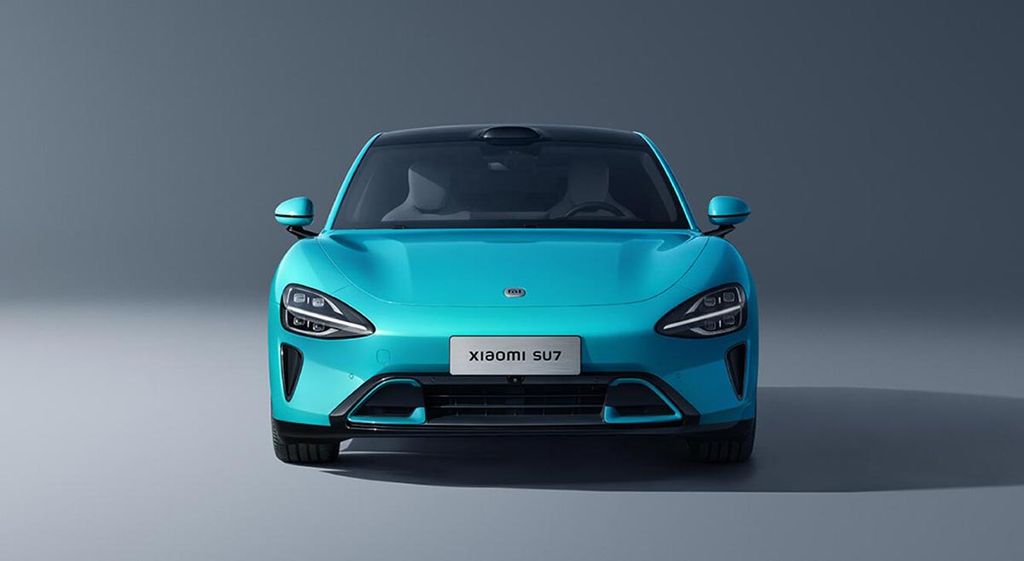
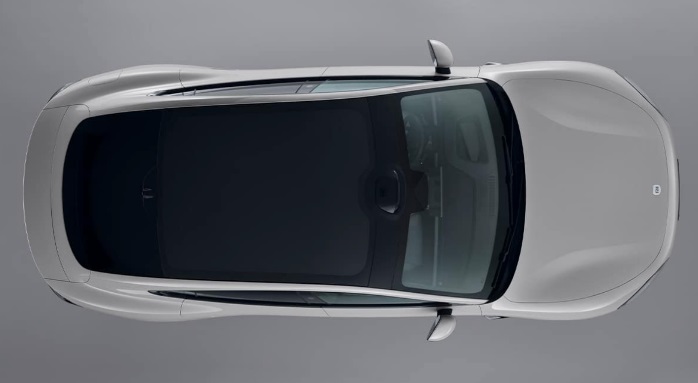
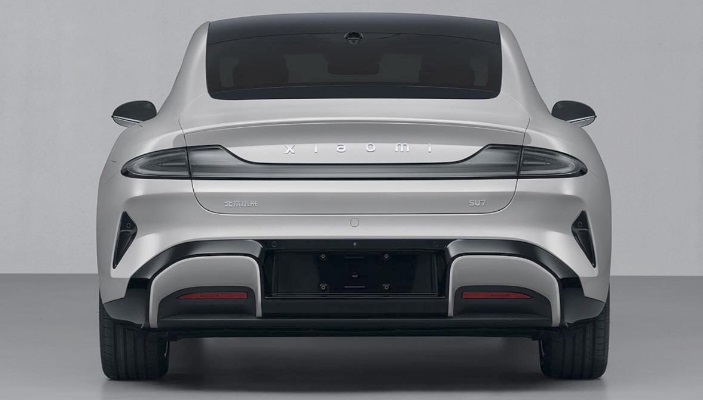
![[CAR REVIEW] The Newly Launched BMW iX3 in Vietnam: Compact, Practical, and Expensive](https://vnauto.net/wp-content/uploads/2023/10/xehay-bmwix3-01082023-9-150x150.jpg)
![[QUICK REVIEW] VinFast VF5: Extremely Affordable, Spacious, and Well-Equipped](https://vnauto.net/wp-content/uploads/2023/10/Xehay_VF5plus_21042318-150x150.jpg)
![[CAR REVIEW] User Reviews of VinFast VF 9: Stylish, Luxurious, Smooth Ride, and Perfect for Families](https://vnauto.net/wp-content/uploads/2023/10/xehay-vinfastvf9-09092023-12-150x150.jpg)
![[CAR REVIEW] Wuling Mini EV: Affordable, Compact, Convenient, but…](https://vnauto.net/wp-content/uploads/2023/10/xehay-wulingev-16062023-8-150x150.jpg)

